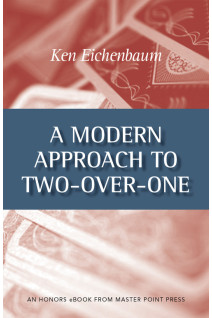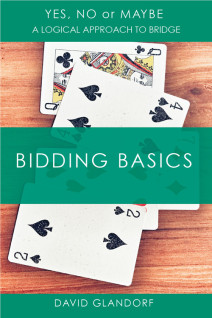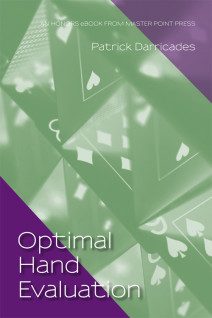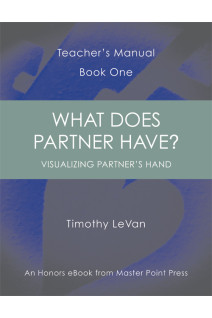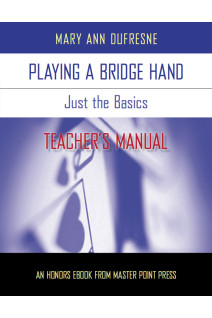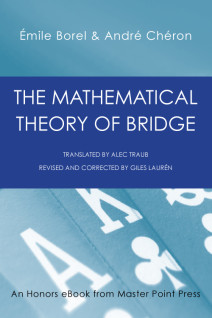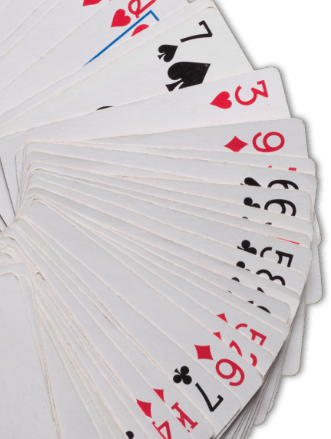Winners, Losers and Cover Cards
- Adobe .PDF
- .epub format (most e-Readers)
- .mobi format (for Kindle)
- Number of pages: 192
- Language: English
- Categories:
This could be a very good book easily deserving of at least four stars if it weren't for a number of inconsistencies in the method of hand evaluation described. The author has undertaken the task of refining the Losing Trick Count but the result is all rather messy with fractions rearing their ugly head. More worrying though is the lack of consistency given to certain key suit combinations. The author lists eleven of the more common honour holdings and gives them a value as regards losers. For example, a combination of AJ10x on the normal LTC would count as two losers ; Eichenbaum regards this as just 1 1/4 losers. All well and good, but on page 14 he then gives a hand with AJ108 of diamonds and tells us it's worth 1 1/2 losers !? Which is it to be then ? In discussing no trump hands he talks about "winners" ( page 15 for example ) and states his K82 is worth 3/4 of a winner. Really ? The reader is left to guess that an ace must be worth one trick, a king 3/4, a queen 1/2 and a jack a 1/4 since it isn't mentioned explicitly, which is a serious omission. On the plus side, this book really does get you thinking about what makes a good, average and poor distributional hand - same for balanced distributions - and has some interesting ideas in bidding to make best use of the material presented, but until the gaps in explanation have been filled and inconsistencies ironed out this will remain a largely frustrating read.

 Swipe left
Swipe left

